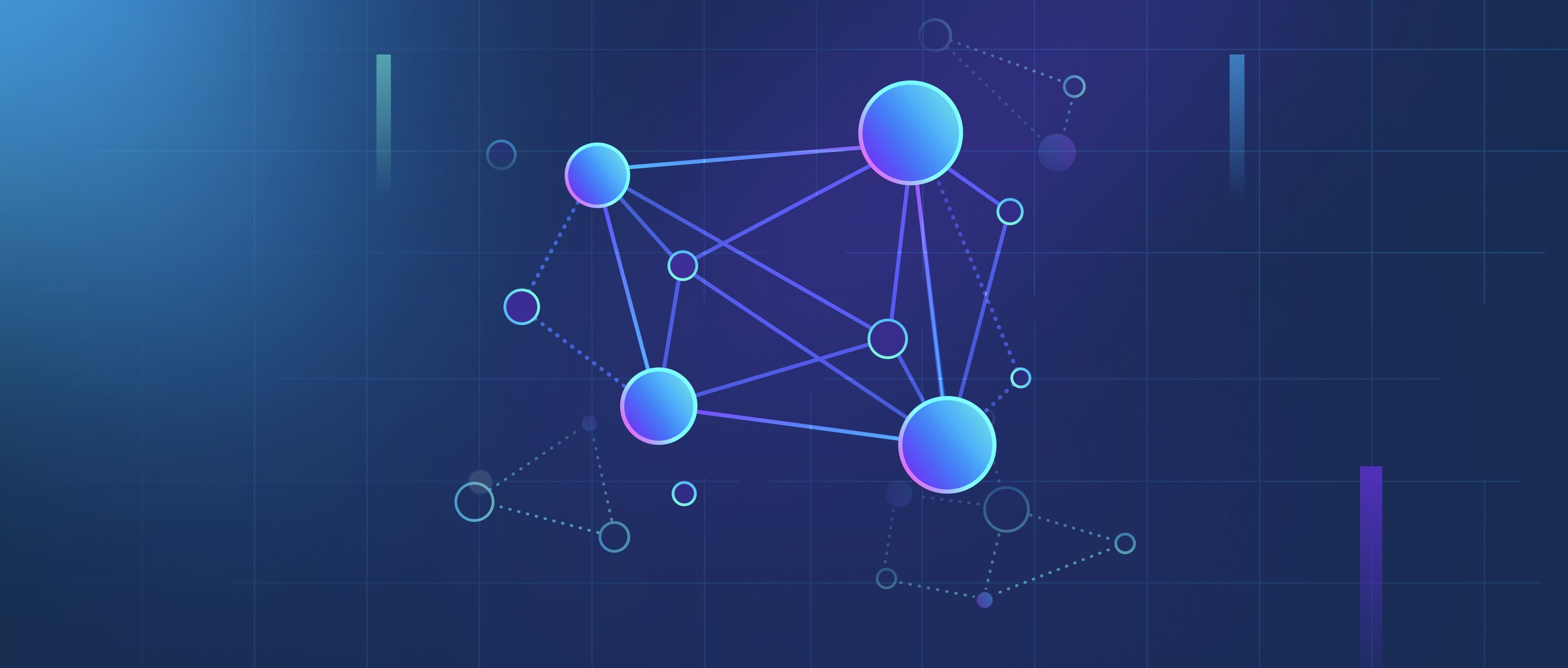Knowledge graphs handle ambiguity and uncertainty in several ways by using structured relationships, context, and reasoning capabilities. At their core, knowledge graphs are designed to represent entities, their attributes, and the relationships between them. To address ambiguity, knowledge graphs often incorporate unique identifiers (like URIs) for entities, allowing the system to differentiate between similar terms. For instance, if you have entities like "Apple" (the fruit) and "Apple" (the technology company), the graph can use context or additional attributes to clarify which entity is being referred to in a particular situation.
Context plays a crucial role in managing uncertainty. Knowledge graphs can embed ontologies or taxonomies that provide hierarchical relationships between entities, thus enhancing understanding. For example, if a user queries the graph for "bird," the context of whether they are asking about biology or a specific species can guide the graph in returning the most relevant information. Additionally, by employing contextual clues, such as the surrounding words in a query, the graph can better ascertain the intended meaning of ambiguous terms, which improves retrieval accuracy.
Furthermore, knowledge graphs can integrate probabilistic reasoning or confidence scores. This approach allows them to express the level of certainty associated with a relationship or fact. For example, if the graph indicates that "Barack Obama was born in Hawaii" with a high confidence score but notes that the birthplace is uncertain for a less well-known individual, it provides developers with a nuanced view of the data quality. By combining unique identifiers, contextual analysis, and probabilistic reasoning, knowledge graphs effectively manage ambiguity and uncertainty, making the underlying data more reliable and usable for applications.
